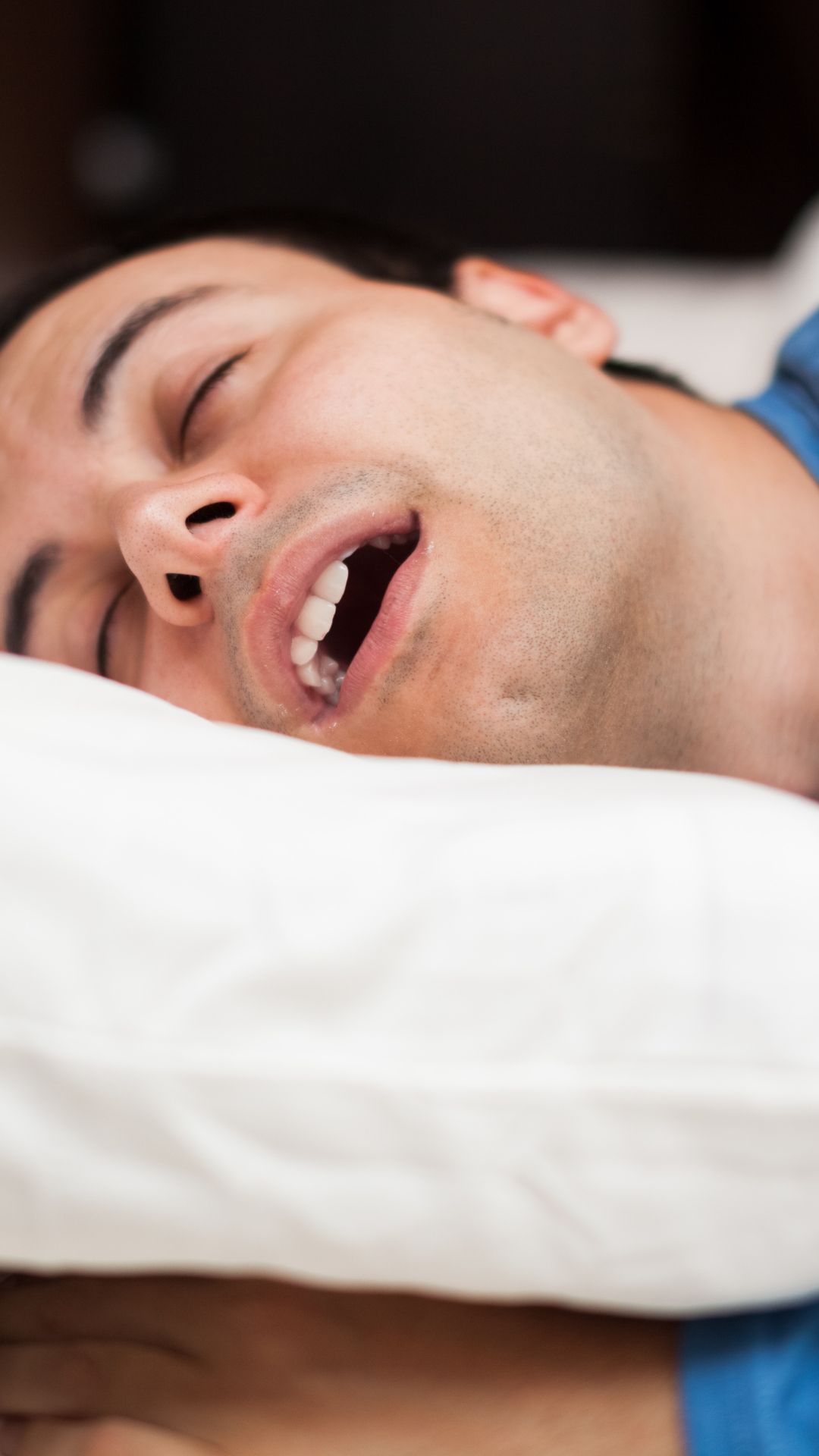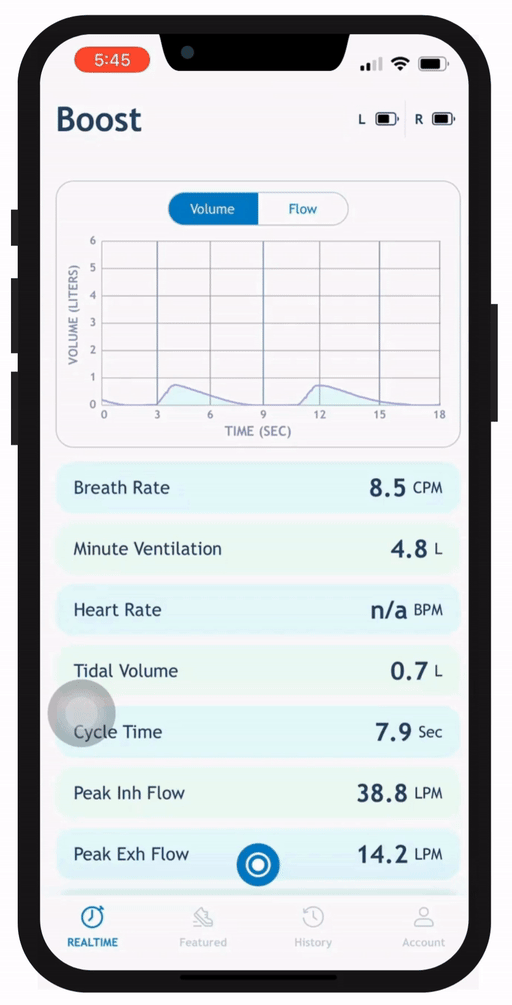Did you wake up this morning feeling tired and thirsty with a stuffy nose? The chances are you slept with your mouth open, causing hyperventilation which activated your sympathetic nervous system and put your body in working mode instead of resting mode.
A simple but effective way to prevent mouth breathing during sleep is to practice reduced breathing through the nose before sleep. This conditions your breath makes it nicely slow and gentle, and activates your parasympathetic nervous system, which turns your body into rest/repair mode.
An easy way to practice reduced breathing is to use AYO BT modular breathing trainer which is designed to train diaphragmatic breathing through reduced breathing via the nose.
In addition, AYO BT extends your natural airway that retains some CO2 off your breath in the mask, resulting in less desire to breathe once you take off the AYO BT.
To be effective, prepare to wear AYO BT for 20 – 30 minutes before bedtime, and set it in a lower setting such as Setting 1 to 3 that creates a small but tolerable air hunger.

The beauty of this method is that it allows you to do other things while performing the breath conditioning, such as reading books or changing nappies, the AYO does the work in parallel to reduce your breath.

A novel and more advanced method is to use the world-first breathing measurement and training device AYO BT+ to guide your breathing in your meditation.
Here is the protocol:
- Firstly, do not eat too full, especially too much red meat. No Alcohol.
- Do the meditation with AYO BT+ before sleep and at least 2 hours after the meal.
- Adjust the BTi to a low setting, such as 1-3, or a setting that creates a tolerable air hunger.
- Select Breathing in Meditation in the BT+ App, and set a time for 10 – 20 minutes.
- Sit comfortably, place your mobile phone in front of you at a height that allows you to look straight ahead and maintain a straight back.
- When inhaling, gently and slowly push the diaphragm down, then a brief pause to prepare exhalation.
- At the start of exhaling, simply relax the diaphragm and let it return to its resting position by itself without you driving it.
- Pause in that position and do nothing until you have a slight air hunger and feel like inhaling.
- Repeat the breathing cycle, pay attention to the following:
- Relax your full body at all times, especially the diaphragm, and keep your shoulders low and relaxed.
- Observe your breathing waveform periodically, and try to make each inhalation small and gentle, and exhalation slow and relaxed.
- Observe your Breath Rate (BR) and Minute Ventilation (MV) to gradually reduce them from their initial values and maintain these lowered values.
- Imagining the following:
-
- Let go of everything except your calm and relaxing breathing, in and out.
- No more responsibility whatsoever, just enjoy the moment alone by yourself.
- You are so free, so relaxed, think nothing, do nothing, just breathe lightly and gently, in and out.
- You are so free, free as a bird and soaring in the sky.
- You are so free, no worries, weightless, floating in the universe, just breathe lightly and gently, in and out.
-
If you can breathe less than 6 breaths BR and less than 6 L MV comfortably at the end of the meditation, you should achieve a high-quality sleep afterward.
A 6-hour sleep like that is all you need to get you refreshed and pumped up the next morning.

